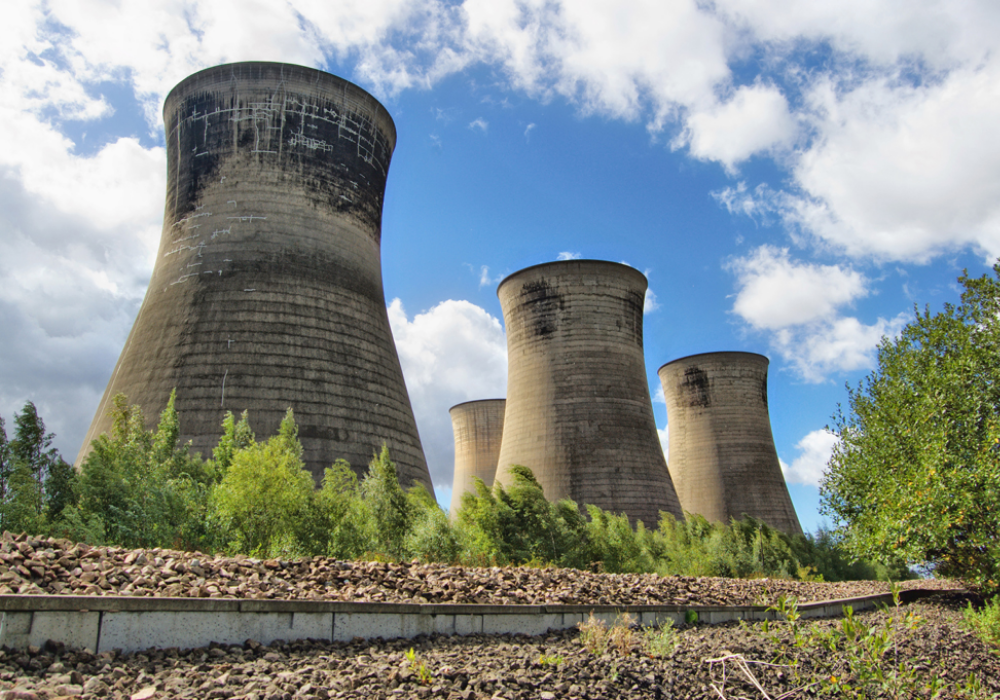Power Plants: The Hidden Energy Sources that Keep Our World Running
When we flip a switch or charge our phones, we rarely stop to think about where that electricity comes from. The answer lies in power plants – the unsung heroes of our modern world. In this article, we'll take a closer look at what power plants are, how they work, and why they are so important.
What are Power Plants?
Power plants are facilities that generate electricity by converting energy from a primary source into electrical energy. The primary source can be anything from fossil fuels like coal and natural gas to renewable sources like solar, wind, and hydro. The electricity generated by power plants is then distributed to homes, businesses, and industries through a network of power lines.
How do Power Plants Work?
The process of generating electricity in a power plant can be broken down into four main steps: fuel processing, combustion, steam generation, and electricity generation.
Fuel Processing: Before the fuel can be burned, it needs to be processed to remove impurities and increase its energy content. This is typically done through crushing, grinding, or washing the fuel.
Combustion: Once the fuel is processed, it is burned in a furnace or boiler to release heat. This heat is used to boil water and create steam.
Steam Generation: The steam produced by the combustion process is then directed to a turbine. As the steam passes through the turbine blades, it causes them to spin.
Electricity Generation: The spinning turbine is connected to a generator, which converts the mechanical energy into electrical energy. This electricity is then sent to the power grid for distribution.
Types of Power Plants
There are several types of power plants, each with its own advantages and disadvantages.
Fossil Fuel Power Plants: These power plants burn fossil fuels like coal, natural gas, and oil to generate electricity. They are reliable and can produce large amounts of electricity quickly, but they are also major sources of greenhouse gas emissions and air pollution.
Nuclear Power Plants: These power plants use nuclear reactions to generate heat, which is used to produce steam and generate electricity. They are highly efficient and produce no greenhouse gas emissions, but they also pose risks related to nuclear accidents and nuclear waste disposal.
Renewable Energy Power Plants: These power plants use renewable sources like solar, wind, and hydro to generate electricity. They are clean and sustainable, but they are also dependent on weather conditions and can be less reliable than fossil fuel or nuclear power plants.
Why are Power Plants Important?
Power plants are essential for modern life. They provide the electricity that powers our homes, businesses, and industries. Without power plants, we wouldn't be able to run our appliances, charge our devices, or power our transportation systems.
However, power plants also have a significant impact on the environment. Fossil fuel power plants are major sources of greenhouse gas emissions, which contribute to climate change. Nuclear power plants pose risks related to nuclear accidents and nuclear waste disposal. Renewable energy power plants are cleaner and more sustainable, but they are also dependent on weather conditions and can be less reliable than other types of power plants.
In Conclusion
Power plants are the unsung heroes of our modern world. They provide the electricity that powers our lives, but they also have a significant impact on the environment. As we move towards a more sustainable future, it's important to consider the role that power plants play and how we can reduce their environmental impact while still meeting our energy needs.
Labels: Interesting, Technology


0 Comments:
Post a Comment
Subscribe to Post Comments [Atom]
<< Home